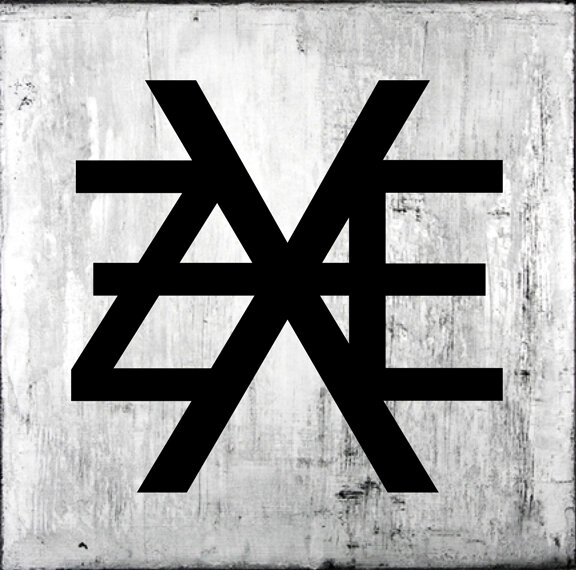I had an entirely different blog prepared but then in my inbox I saw this interview between two very special people; Markus Reuter and Tony Geballe and I decided to switch directions entirely. But before I get to that I was having a conversation with a friend the other night and we were talking about how some artists and individuals value their own worth by the judgement of others or by numbers - as in how many people bought a ticket and came to the show or attended the opening. I’m reminded of a quote that Mark Fisher wrote about his blog K-Punk: “All that is lacking is the will, the belief that what can happen in something that does not have authorisation/legitimation can be as important - more important - than what comes through official channels.” Although he’s writing about the democracy of blogging this statement could just as easily apply to any art form or activity. It reads like a call-to-arms for all artists, writer, musicians, etc... The worth lies within the work itself; not in it’s legitimation.
When I watched the video with Markus and Tony it brought home the idea that I am not the musician on the caliber that Tony or Pietro are. I know my limitations as a player. But music speaks through me in my limited capacity all the same. There's a moment around the 1:06 hour mark in the interview where Tony talks about a time where he questioned his value as a player. It's quite remarkable. That moment made me question my own value - not in terms of considering the judgement of others or by ticket sales but my own value within the band itself. Everyone in a band has a role and sometimes that role extends beyond music. My role in ZXE is to give it meaning; a reason for being.
The interview between Tony and Markus is not for the feint of heart or for people not well adapted to musicology. First off, it’s long. Over an hour and a half. And it explores certain aspects of music that may be lost on some not well versed in these things. Nevertheless, I find the interview fascinating. Especially around the 47:00 minute mark where Tony talks about how a phrase (a group of notes played with a certain type of inflection and dynamics) can be heard as a single sound (consequestly - Sound Of Music). Then he relates that to a line in Shakespeare. It drives home the idea that "hearing" is a personal, singular relation that has as much to do with culture as to our own personal preferences. But there are so many aspects of this interview that, especially for a musician, are extraordinarly instructive.
https://www.youtube.com/watch?v=zvGkzOxoCoc
But, if that's too long to watch, here is a link to the video for Milky Black Sun of which Bradley Eros wrote the words to. This is essentially the second premier of a video for the album, the first being The Sound which was posted the other day. This song also features the wild prepared piano of none other than Matteo Ramon Arevalos:
Till next time.
Richard











